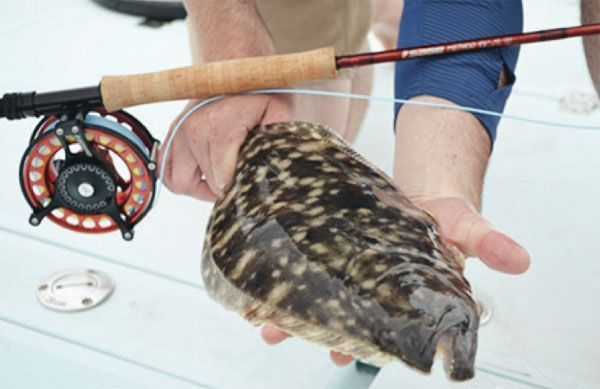So you’ve got the bug? Maybe it started on a local pond catching bass and bream, or in the mountains chasing rainbows and browns. However you caught the fever, you’ve got it now and it is incurable. Here’s what you need to know about reels.
Reel prices vary from $40 to $900; and just like anything, you can pay much more. Before purchasing a reel, there are a few questions you should ask yourself. How often am I going to be fishing with this reel? What’s my quarry? Am I buying this with the purpose of never buying another?
You should have answered your own questions, but if not…here’s a rundown of reel features and an explanation of where your money is going. In some situations (think small trout, many freshwater situations and light saltwater), the reel is basically a kite string holder that keeps the line from tangling at your feet, and having a $500 reel does not improve your cast. However, the materials used in higher-end reels are machined from a solid piece of aircraft-grade aluminum, and the porting is done to decrease weight while maintaining the material’s strength. On the other hand, most entry-level reels are die cast from aluminum or sometimes plastic. I hesitate to describe these reels as cheap since some reels are great for what they are and can give years of service with proper care, but the higher quality reels will last a lifetime and likely your kids’ lifetimes, as well.
What type of fish you are trying to catch should influence your decision on which reel to buy. Are you chasing tarpon, jack crevalle, or false albacore? Billfish, bonefish, or big redfish? Then, buy the best you can afford; machines like these are fast and strong and will absolutely destroy a cheaply made reel. Drag systems in fly reels are a constant debate in the fly shop. Many great reels were, and still are, made with an unsealed drag. The best are made of cork and are extremely durable. Sand or salt can simply be washed away and maintenance is very easy. Fully sealed drags are the recent rage and with good reason. The best are impervious to moisture, sand, etc. and require little to almost no care as far as drag care goes. The saltwater environment is a nasty lady, and she can destroy your prized gear; so a freshwater rinse should be mandatory after every outing. Quality drags are your link to landing fish on lighter leaders as well. Any roughness or defect in a reel’s drag means the line stops, and even if it’s just for a split second, it can cost you a fish. Tackle should never be the cause of a lost fish.
Whichever route you choose, look for a large arbor reel that maximizes the amount of line you can retrieve on each turn of the handle. All reels are matched by the manufacturer for the size line they recommend. This way you can add the proper amount of backing to the reel. Backing does two things. Since fly lines are 90 to 100 feet and big fish can take this amount in a hurry, a much thinner backing – usually 20 lb. Dacron – increases the line capacity. Backing also increases the diameter of the arbor even further so you’re getting more back with each crank. A good rule for saltwater is at least 200 yards. Even if you never see the end of it, it’s there.
Be sure to check out next month’s issue of Coastal Angler Magazine where we’ll discuss fly rods and line selection.


